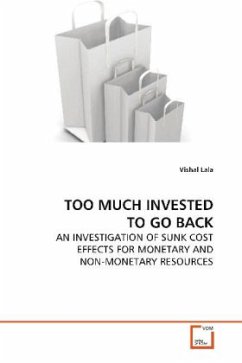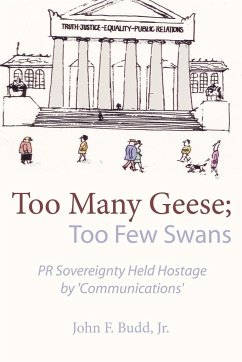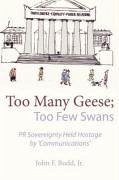This dissertation investigates the sunk cost
phenomenon in the context of non-monetary resources
and tests theoretical explanations. I developed an
organizing framework of interdisciplinary research
on sunk costs. Specifically, the sunk cost effect is
influenced by a set of antecedents that are
classified as individual, investment, social, and
economic variables and these effects are moderated
by time and occur in the context of monetary and non-
monetary resources. Based on this research, I
predicted that coupons that require payment will
have higher redemption rates than coupons that do
not require payment, since payment in the former
case represents a sunk cost. Another prediction is
that consumers who spend a large amount of time and
effort shopping, thus incurring a large sunk cost,
will spend more money than those who spend
relatively less time and effort shopping. Both these
predictions were supported and were explained by the
consumer''s desire to justify his previous decision.
phenomenon in the context of non-monetary resources
and tests theoretical explanations. I developed an
organizing framework of interdisciplinary research
on sunk costs. Specifically, the sunk cost effect is
influenced by a set of antecedents that are
classified as individual, investment, social, and
economic variables and these effects are moderated
by time and occur in the context of monetary and non-
monetary resources. Based on this research, I
predicted that coupons that require payment will
have higher redemption rates than coupons that do
not require payment, since payment in the former
case represents a sunk cost. Another prediction is
that consumers who spend a large amount of time and
effort shopping, thus incurring a large sunk cost,
will spend more money than those who spend
relatively less time and effort shopping. Both these
predictions were supported and were explained by the
consumer''s desire to justify his previous decision.








